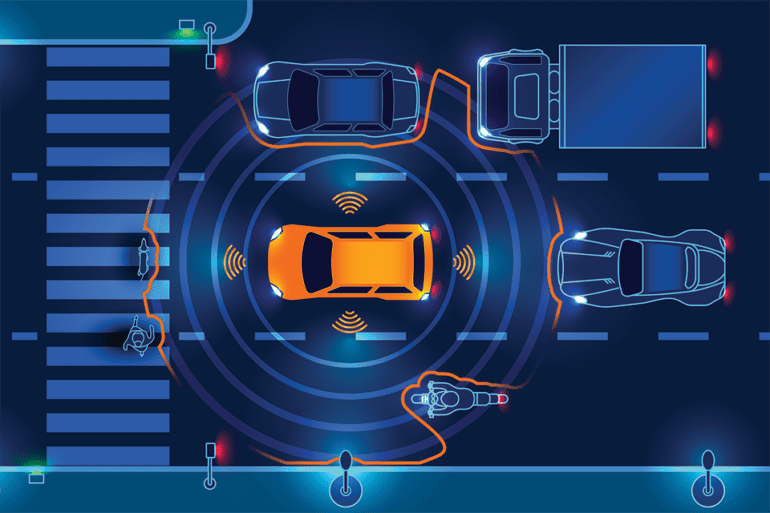TL;DR:
- A recent study explores Large Language Models (LLMs) for high-level decision-making in autonomous vehicles.
- LLMs emulate human-like thinking, offering logical reasoning and interpretability.
- Structured thought process guides LLMs in analyzing scenarios and providing action recommendations.
- LLM-enhanced systems outperform reinforcement learning, optimizing safety and efficiency.
- Promising results include adaptability and situational awareness akin to human drivers.
- This research lays the foundation for future advancements in autonomous driving.
Main AI News:
In a recent study conducted by a team of researchers hailing from Tsinghua University, the University of Hong Kong, and the University of California, Berkeley, the potential of large language models (LLMs) in revolutionizing autonomous driving technology has come to the forefront. Published on the preprint server arXiv on Oct. 4, their paper explores how LLMs can play a pivotal role in high-level decision-making for self-driving vehicles.
The current landscape of autonomous driving has been heavily reliant on deep learning, showing great promise but also grappling with challenges related to rare events and the lack of interpretability. The researchers propose that LLMs possess the cognitive prowess to emulate human-like thinking, enabling them to analyze intricate traffic scenarios, make sound judgments while adhering to traffic rules, and elucidate the rationale behind their decisions.
The paper emphasizes that the reasoning abilities and interpretability of LLMs can potentially surmount the limitations of existing learning-based autonomous driving systems, particularly when it comes to adaptability and transparency. This raises the exciting prospect of LLMs serving as effective decision-makers in the realm of autonomous driving.
To harness the strengths of LLMs, the researchers have formulated a systematic thinking process that guides their decision-making. This approach involves the LLM gathering relevant information, assessing the driving scenario, and offering high-level action recommendations. These textual decisions are then translated into parameters that steer the low-level controller. The results of extensive experiments conducted as part of this study highlight significant performance enhancements achieved through this approach.
In a comparative analysis, the LLM-augmented system outperformed conventional reinforcement learning and optimization methods, showcasing lower costs and higher safety levels across a spectrum of driving tasks, including navigating intersections, roundabouts and executing emergency maneuvers. This progress marks an important initial step towards harnessing the potential of LLMs as effective decision-makers for intricate autonomous driving scenarios, emphasizing safety, efficiency, generalizability, and interoperability.
Beyond the quantifiable metrics, the LLM exhibited situational awareness and adaptability reminiscent of human drivers. For instance, it exhibited the ability to slow down when another vehicle had the right-of-way, demonstrating a thoughtful approach rather than solely prioritizing efficiency.
Although this research is still in its early stages, it lays a solid foundation for future advancements in the field of autonomous driving. The researchers hope that their pioneering work will serve as a source of inspiration for forthcoming research endeavors in this exciting domain.
Conclusion:
The integration of Large Language Models (LLMs) in autonomous driving represents a significant leap forward in the industry. LLMs’ ability to provide reasoned judgments and enhance safety while maintaining efficiency positions them as a game-changer. Their adaptability and situational awareness bring us closer to realizing truly self-driving vehicles, promising substantial market growth and innovation in the near future.

